|
Disclaimer: I wasn't actually able to visit this museum as I was on a field trip for a different class at the time of this field trip. But I visited the VMFA website to view the artwork online. Howardena Pindell is a woman of color who grew up in an unforgiving time to be both, and she is expressing her experiences and feelings regarding her life. When she got into a car accident in 1979, and experienced short term amnesia, some of her work evolved into collages in an attempt to reconstruct and piece back together her memory. She has applied many of the artist habits of mind, such as Developing her craft, Engaging and Persisting, Envisioning, and Expressing, to her work. She has obviously developed her craft, one can see this simply in her changing of style as she ages, and she has most definitely engaged and persisted by fighting sexism, racism, and discrimination as well as making them themes in her artwork. She has applied the Artist Habit of Mind of envisioning through coming up with the concepts and compositions of her artwork, and she has expressed herself through her art work, sharing her opinions and ideas. Since her accident, there is more of a vibrant color scheme and more of a collage base. It shows to me at least, a new found optimist, probably stemming from a desire to live life too the fullest after her brush with death. From this exhibit I have gained a newfound appreciation for non-objective art. It annoys me because I usually can't see the effort, skill, or creativity that goes into the artwork. However, in this exhibit, the description illustrated the work that went into the pieces, such as her making hundreds of hole punches and meticulously fixing them onto the canvas(as pictured below to the left). Honestly what I am creating in my sketchbook is the opposite of what Pindell is making. I like drawing faces and people and I attempt to make them as realistic as I can, but I still feel as though I can draw some inspiration and motivation from her, mostly from her color palettes. I like the combination of colors that she uses and the emotions she is conveying through said colors, especially her painting I have shown in the bottom right. I could also incorporate some of her chosen themes to make my work more interesting and purposeful rather than "sketch-dumps" whose purpose is simply to work on refining my skills as an artist.
A. Abstract v. Non-Objective: I draw the line between the two based on my ability to identify a subject. If I have a pretty good guess of what the subject of an artwork is then I am going to label it abstract as opposed to if I can't identify a subject and then I am going to label it Non-objective. If I am looking at an artwork and it is toeing the line between abstract and non-objective, then I would consider it to be abstract, because non-objective is simply a sub-category of abstract art. In the painting below to the left, there is a clear subject of people preforming in the circus, but in the non-objective painting to the right, there are panels of color and black lines without any clear idea of the subject.
B. Abstract Expressionism: It is a type of abstract art that originated in New York in the 1940s-1950s. It focuses on creating a sometimes unique emotion within the viewer, and strove towards creative spontaneity. There, Jake Berthot, 1980, oil on linen, Unframed: 70 × 60 in. (177.8 × 152.4 cm), VMFA C. Mark-making:
D. Use of art elements, design principles, and specific compositional choices:
2 Comments
I am not entirely happy with the way it came out, but the process of creating it I think was very beneficial to my growth as an artist. For this assignment we had to copy the artwork of on "Old master" attempting to learn their mark. My drawing on the left side is a copy of Raphael's drawing on the right.
On Halloween(October 31, 2018), during lunch, a speaker came in to talk to us about Japanese Aesthetics, and I didn't think I would be really interested in it because I am a perfectionist. What I knew previously about Japanese Aesthetics was that it valued the beauty in imperfection and irregularity, but, despite my hesitations, I enjoyed it a lot. The History of it intrigued me, especially how it was impacted by Japan opening up to the West and subsequently becoming westernized. The images of Japan's leader before and after opening Japan to the world struck me and it caused me to empathize with people like Tanizaki, who were forced to a position causing them to mourn the loss of their culture. I admire how Tanizaki attempted to push back and write about what makes Japanese Aesthetics unique and wholly different than anything Western. What also interested me about the presentation the types of pottery and how certain media were better embodiments of Japanese Aesthetics. Lacquerware achieved a certain depthness and had a mysterious quality of their shadows that ceramics could never imitate. In the future, I might want to incorporate elements of Sabi into my works because Adams's words about it produced many green earthy and misty images in my mind that made me want to paint something. Overall I like the melancholy mysterious vibe that I get from Japanese Aesthetics, and I hope to maybe also incorporate other aspects such as what I did my global focus CURIOSITY page on, Japanese Tattooing. I am curious how Japanese Aesthetics and the elements of Wabi, Sabi, and Yugen apply to Japanese Tattooing because it might better impact my future works. This is kind of late because I am a huge procrastinator and I keep forgetting to take pictures of my artwork, but on October 29, October 31, November 2, and November 5th I worked more on my old master's project. On the 29th, I was primarily mixing the watercolor that I was going to use to tone my paper. I ran out of time that day to actually tone my drawing, so I did it the next class. After I had toned my drawing, I practiced more with the dip pens, but this time on a toned scrap of my paper, so I could see how the colors reacted with each other. On November 2nd, I actually started to ink my drawing, and I continued to ink it on the 5th of November. |
AuthorI am a sleep deprived artist trying to make ends meet. :) Categories
All
Archives
April 2021
|
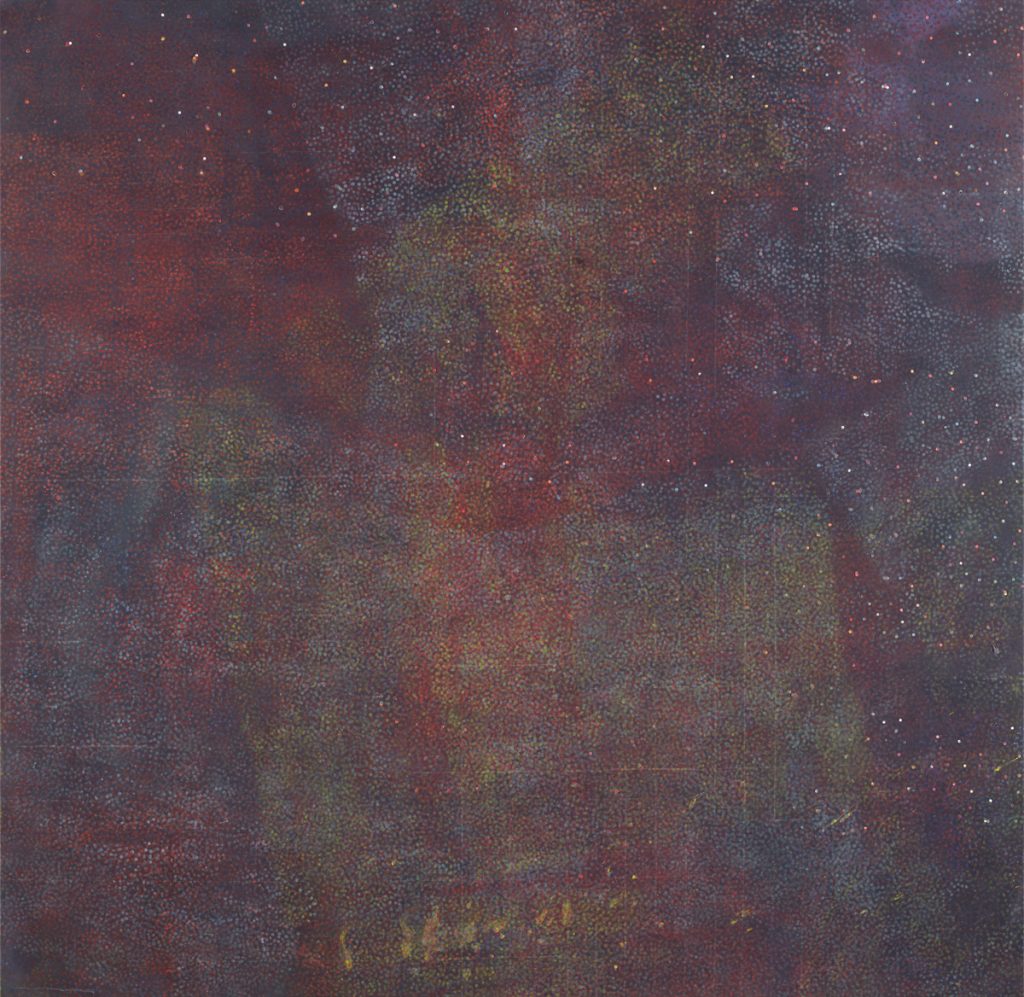
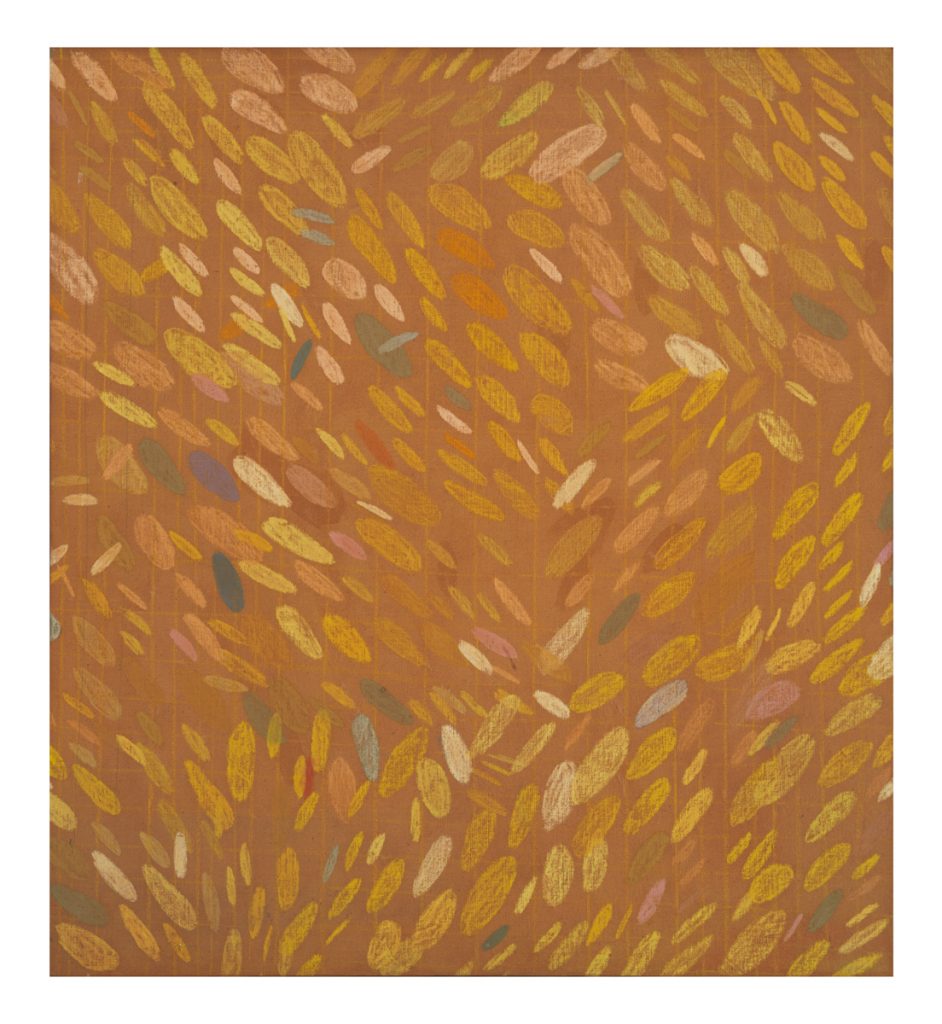
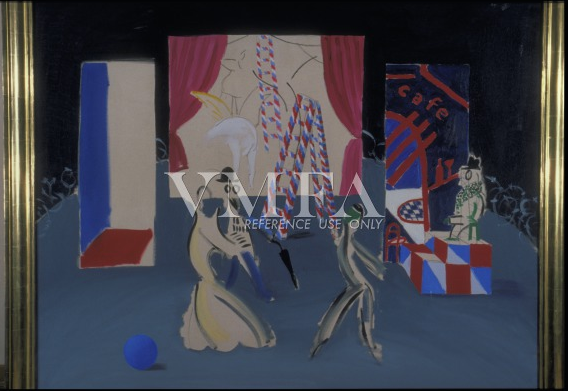
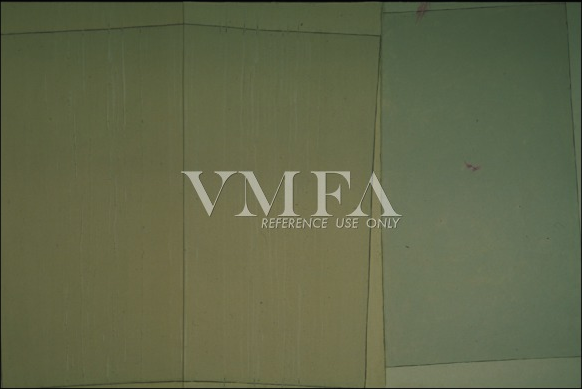
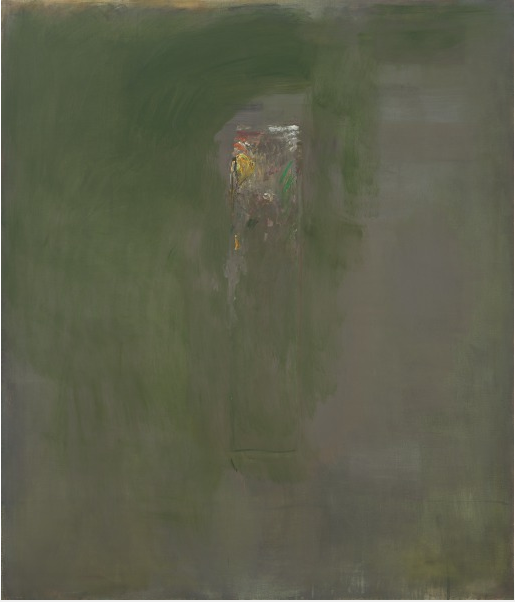
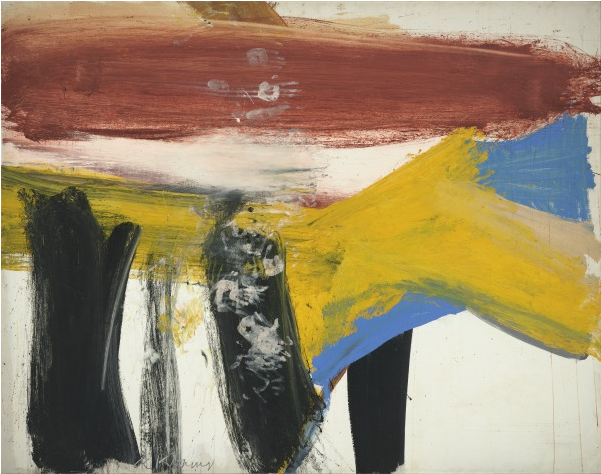
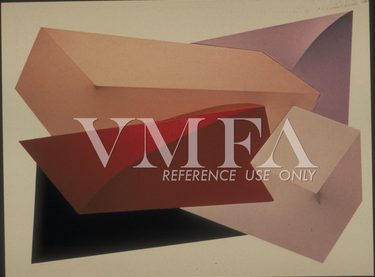

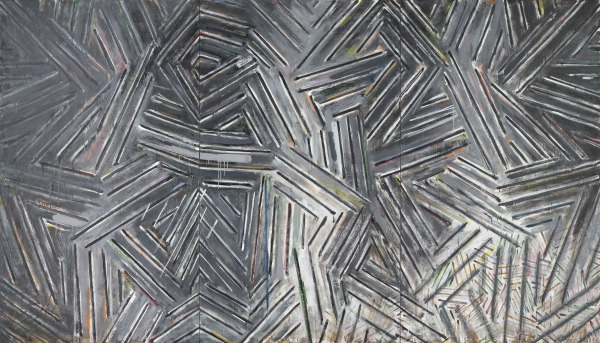
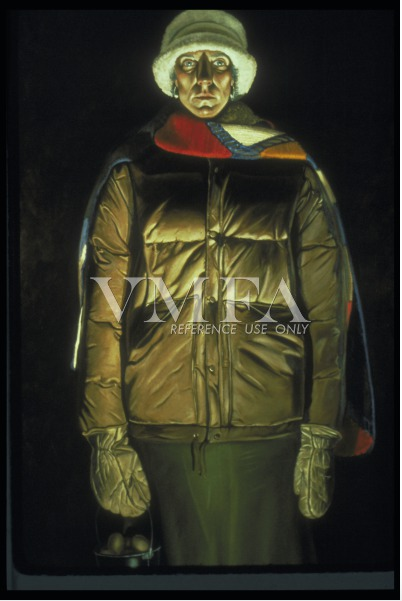
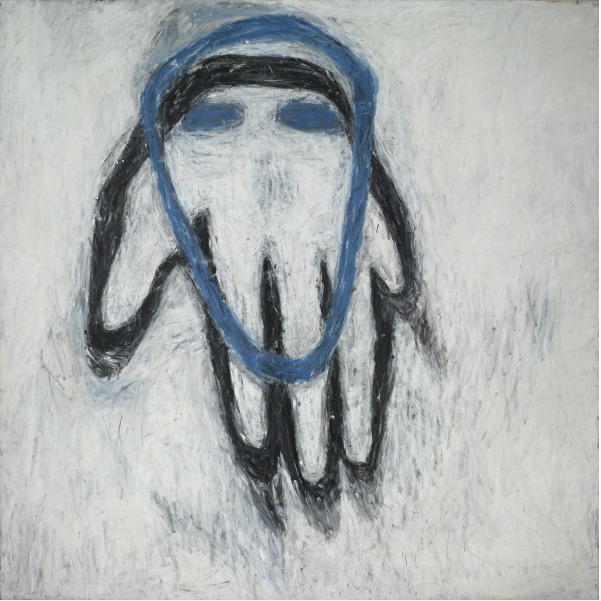
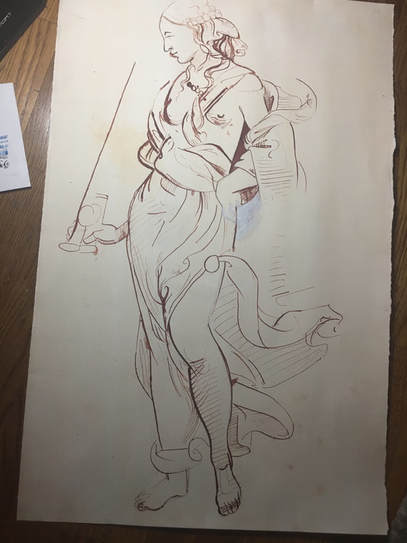
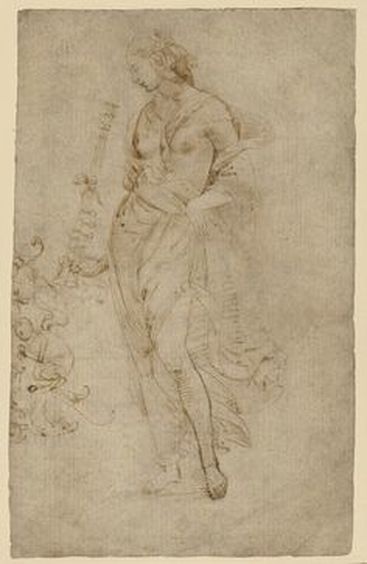
 RSS Feed
RSS Feed
